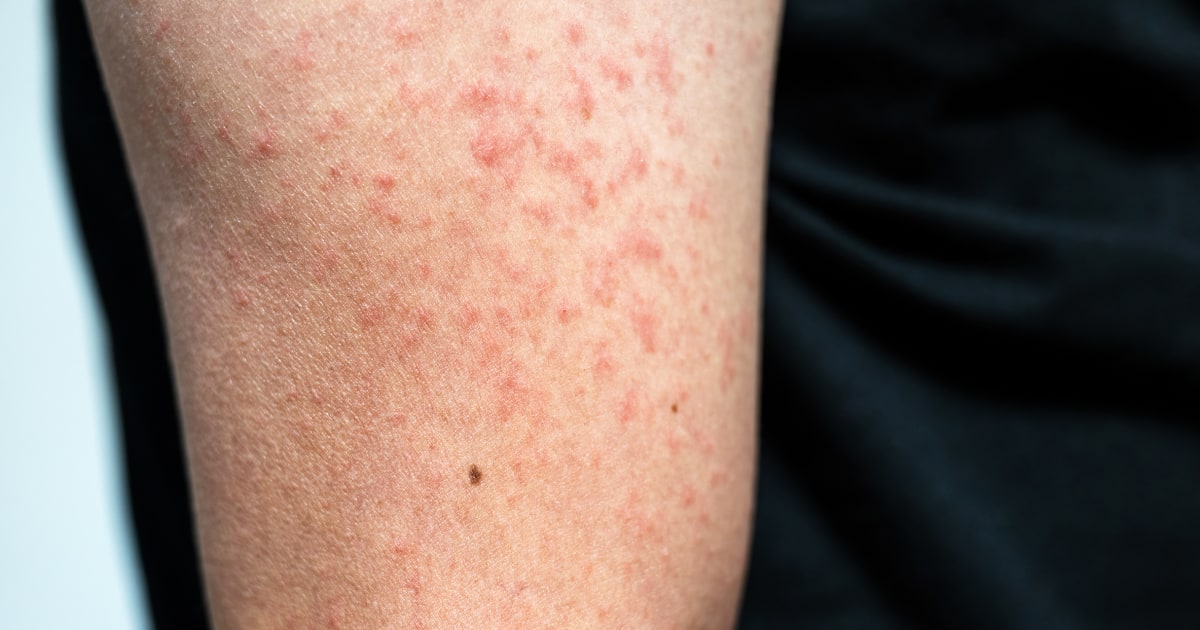
Measles cases have spiked in the last three months, driven in part by outbreaks centered in a migrant shelter in Chicago, an elementary school in southeast Florida and a children’s hospital and day care in Philadelphia.
The United States had recorded 64 cases across 17 states as of Thursday, already surpassing last year’s total of 59, according to the Centers for Disease Control and Prevention.
Most cases reported this year were linked to international travel, and the majority were among children who had not received a measles, mumps and rubella (MMR) vaccine.
Two doses of the vaccine are 97% effective, but the CDC said in an advisory to health care providers last week that “pockets of low [vaccination] coverage leave some communities at higher risk for outbreaks.”
Chicago’s case count had reached 33 as of Wednesday, including 22 cases among children under age 5. Most of the infections are connected to the ongoing outbreak that began at a migrant shelter in the Pilsen neighborhood.
Pennsylvania, meanwhile, saw nine cases from December to January. Florida’s most recent measles case was recorded Friday, bringing the state’s total to 11. However, the outbreak involving an elementary school in Broward County has ended, according to the Florida Health Department.
Though disease experts have expressed concern about the early rise in cases, the U.S. isn’t close to its total from 2019, when the country nearly lost its measles elimination status. Most of the 1,249 cases that year were associated with outbreaks in Orthodox Jewish communities in New York.
Measles is highly contagious: An infected person can spread it to up to 90% of people close to them if those contacts aren’t immune. Thanks to widespread vaccination, measles was eliminated in the U.S. in 2000 — meaning it’s no longer constantly present, though there are still occasional outbreaks.
Most people who get measles now are unvaccinated. Children in the U.S. are meant to get their first vaccine dose between 12 and 15 months and their second between 4 and 6 years old.
However, vaccination rates have fallen in the last few years. For nearly a decade, 95% of U.S. kindergartners had received two doses of the MMR vaccine. That rate fell to 94% in the 2020–21 year, then to 93% in the 2022–23 school year.
Measles symptoms usually start with a high fever, cough, conjunctivitis (pink eye) and runny nose. Two to three days later, people may notice tiny white spots in their mouth. On days three to five of symptoms, a blotchy rash often forms at the hairline before spreading to the rest of the body.
Some people may develop severe complications from measles, including pneumonia, swelling of the brain or a secondary bacterial infection. Before measles vaccines became available in 1963, around 48,000 people were hospitalized and 400 to 500 people died of the disease each year in the U.S.
Today, 1 in 5 unvaccinated people who get measles are hospitalized, and roughly 1 to 3 out of every 1,000 children with measles die from respiratory and neurological complications, according to the CDC.






